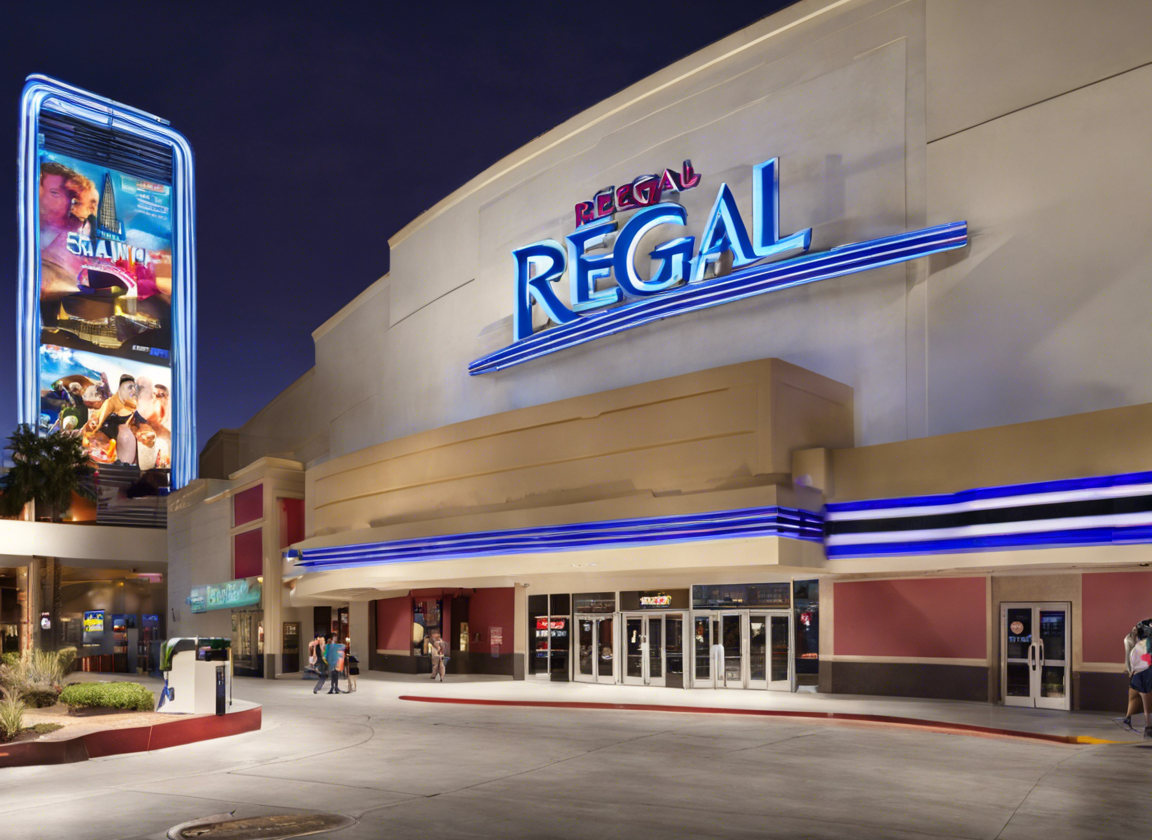Since remote work models have become prevalent among businesses, it is certain that legacy security solutions can’t keep up with the requirements of the modern day. These solutions seek to protect the physical premises rather than the network perimeter of businesses. With remote work models, employees access corporate resources outside of corporate premises, and this makes implementation of secure remote access solutions necessary for all sizes of businesses. Additionally, during the pandemic, many businesses fell victim to data breaches as they failed to provide adequate remote access to their employees.
When businesses don’t have up-to-date remote access solutions, cybercriminals take advantage of weak end-points in their corporate networks and execute attacks through these adequately safeguarded end-points to accomplish their malicious purposes, which is generally stealing sensitive data that businesses collect and store for their operations. As of 2022, cyber crimes are at an all-time high level, and by the end of 2025, cybercrime damages are expected to reach 10 trillion dollars annually. In this era, businesses can’t overlook the importance of remote work security and should invest in up-to-date modern remote access security solutions. In this article, we gathered the top 4 remote access solutions; let’s explain these solutions further.
1- Remote Access VPN
Virtual Private Network (VPN) solutions have been around for two decades, and all sizes of businesses widely use them to shield all online presence and activity. There are a few types of VPNs, and although some of them require on-premise setup, remote access VPNs are software-based and don’t require any on-premise infrastructure. Simply, employees can access corporate resources via using client VPN applications. When employees request access to corporate networks and resources, remote access VPN creates private connections between them and corporate resources over the public internet.
Even if employees connect corporate networks while using unsecured Wifi connections, remote access VPN enables secure remote access and disguises their online presence from third-party entities and cybercriminals. On top of this, remote access VPNs employ end-to-end encryption, which makes every data transfer unreadable and nonsensical to all unauthorized entities. While using remote access VPNs, nobody can track or spy on businesses’ internal activities as it hides corporate networks from the public internet. Remote access VPNs are very affordable and cost-efficient. Lastly, they are easy to use and maintain.
2- Zero Trust Network Access (ZTNA)
Zero Trust Network Access (ZTNA) is a modern approach to network security, and it provides secure remote access to all corporate applications, resources, and networks. Zero Trust is based on the mantra “never trust, always verify,” and it adopts the least privilege principle. Simply, when employees request access to corporate networks, Zero Trust continuously demands authentication and doesn’t permit access before authentication is completed.
Zero Trust verifies employees’ identities by using multi-factor authentication (MFA), biometrics, and single-sign-on tools. These tools add another layer of security to the access process and strengthen network security, and enable secure remote access. For example, MFA tools might demand in-app approvals and authentication message codes to verify employees’ identities, or they might require physical authentication like fingerprints, voice, eye scans, etc. On top of these, Zero Trust employs network segmentation and divides corporate networks into smaller sub-networks, and strictly prohibits lateral movement between sub-segments. Lastly, this framework limits employees’ access within the network perimeter, and employees are only allowed to access necessary resources and network segments according to their roles and duties, nothing more.
3- Secure Access Service Edge (SASE)
Secure Access Service Edge (SASE) is a holistic architecture that combines security and networking features together. This framework is relatively new, as it was introduced in 2019. Additionally, SASE is a cloud-native architecture that operates as a cloud service. Under the framework, there are five main components; SD-WAN as service, Secure Web Gateway (SGW), Firewall as Service (FWaaS), Cloud Access Security Broker (CASB), and Zero Trust Network Access (ZTNA).
SASE enables secure remote access via using SD-WAN as a service. Simply, we can think of SD-WAN as a virtual high road, and whenever employees request access to corporate networks, SD-WAN directly and securely connects by choosing the best routes and paths for their access. It dispenses traffic across Wide Area Network and enables greater network speed. On top of these, its multi-layer security framework enables robust security across all corporate assets.
4- Identity Access Management (IAM)
Identity Access Management solutions provide tools to assign access privileges for every application, employee, and device. Simply, it allows businesses to guarantee that employees can only access corporate networks and resources following their access privileges. In other words, employees can’t access anything more than they are allowed to access. Additionally, while using the IAM framework, every employee has to authenticate their identities via multi-factor authentication, biometrics, or single sign-on (SSO) tools. This way, the IAM solution enables secure remote access for every employee. On top of these, it provides greater visibility and control over the corporate networks. For example, IT admins can see who is accessing which data in real-time or historically. Lastly, IT admins can police lateral movement and strictly prohibit it.
Final Words
Remote working models seem to stay with us in the upcoming years. That’s why implementing secure remote access solutions has become a necessity rather than an extra. Without proper remote access tools, cybercriminals can use weak-end points to execute attacks and steal confidential data that businesses hold. For this reason, businesses should implement at least one of the remote access solutions.






